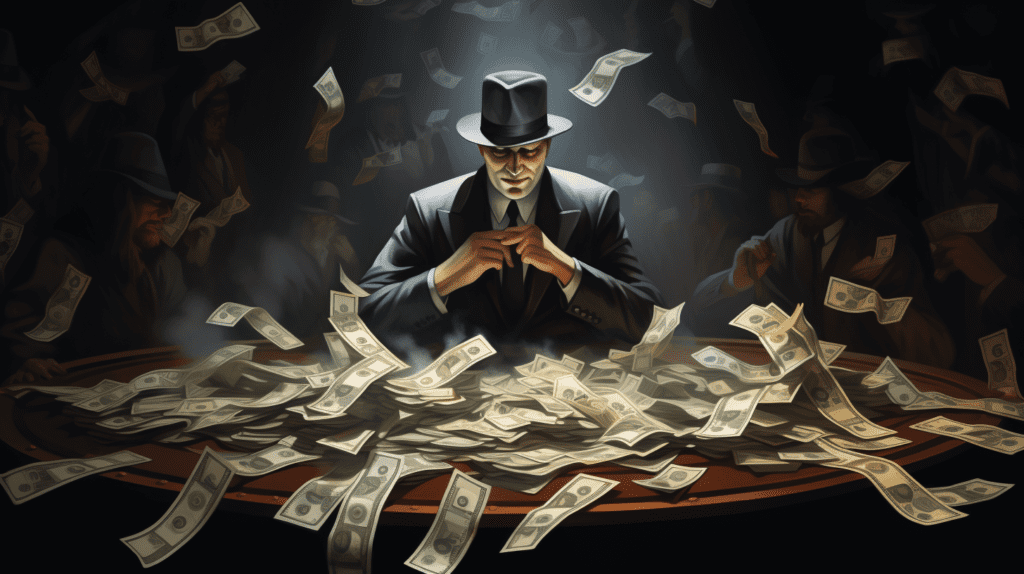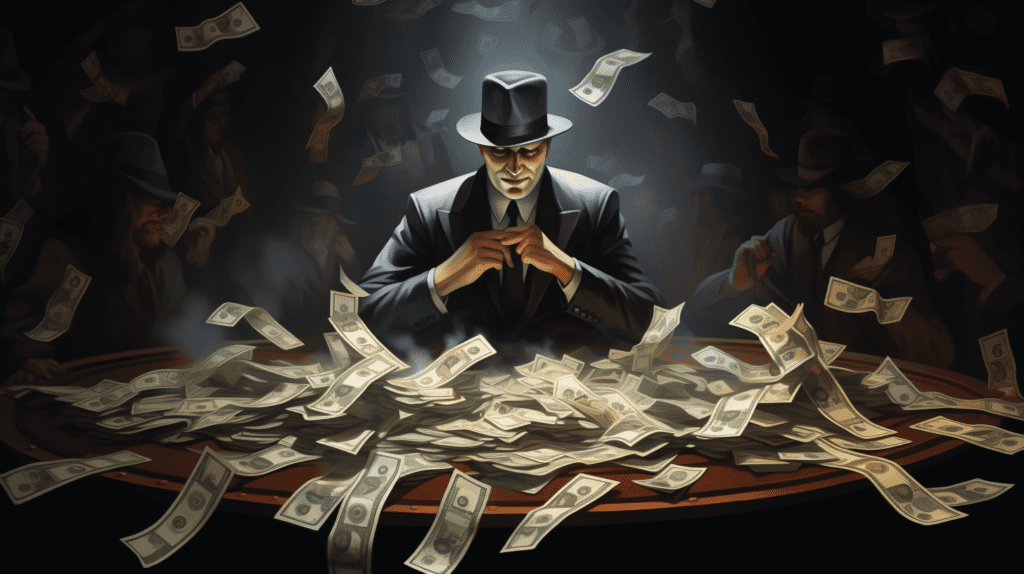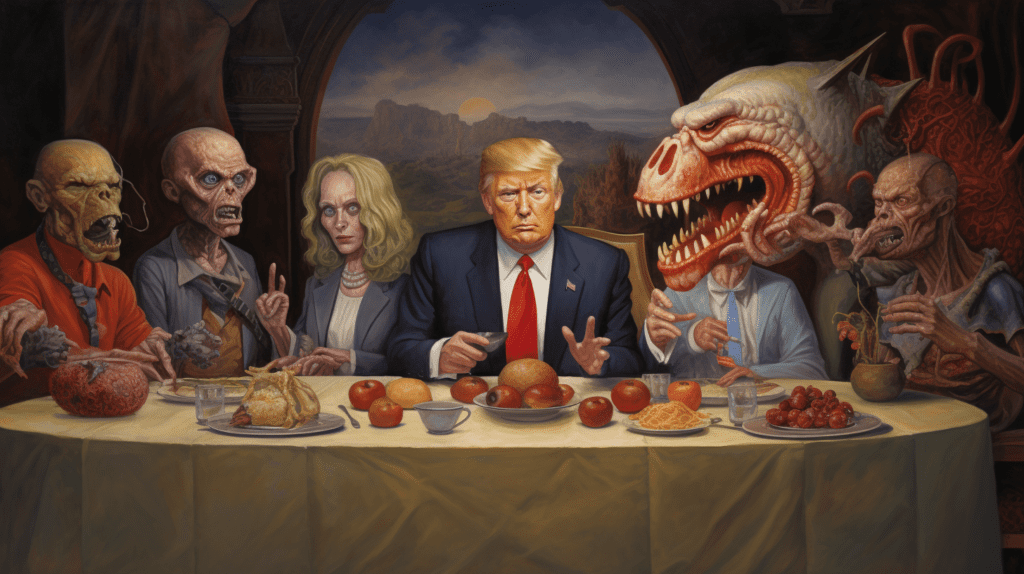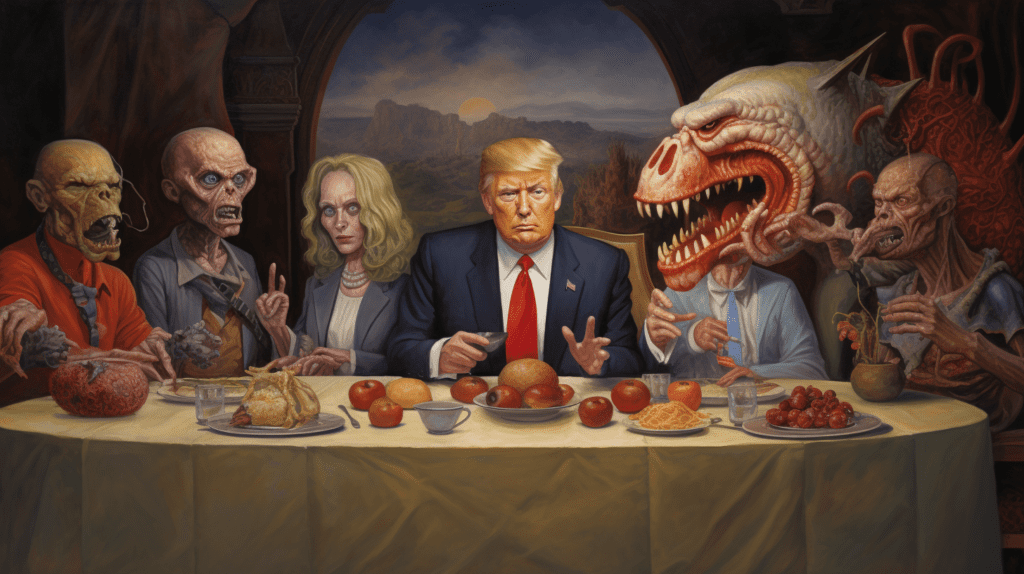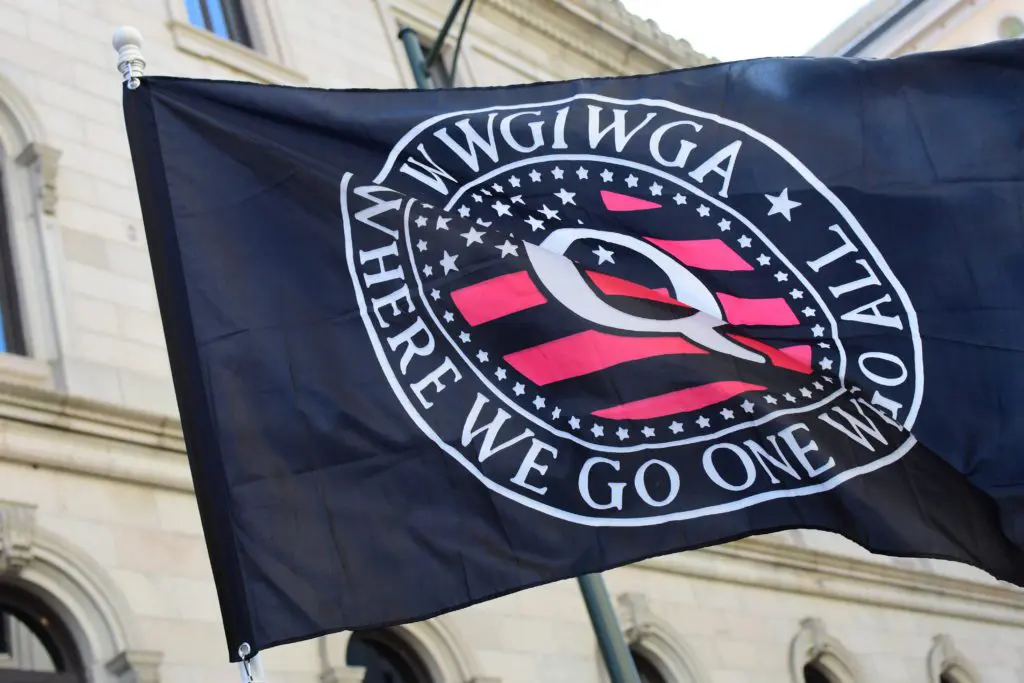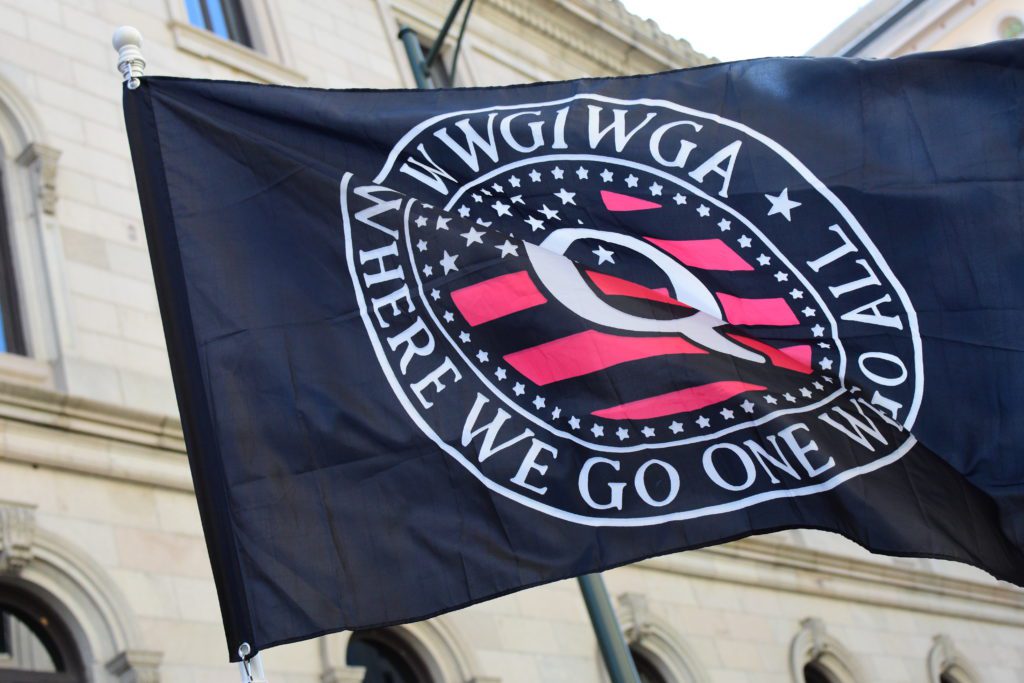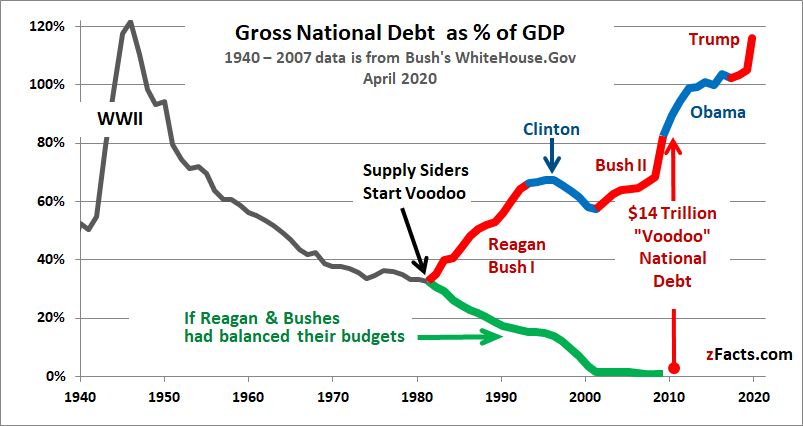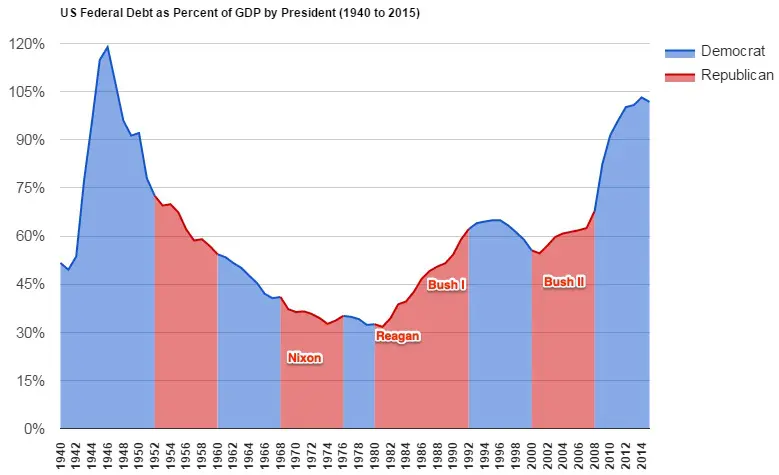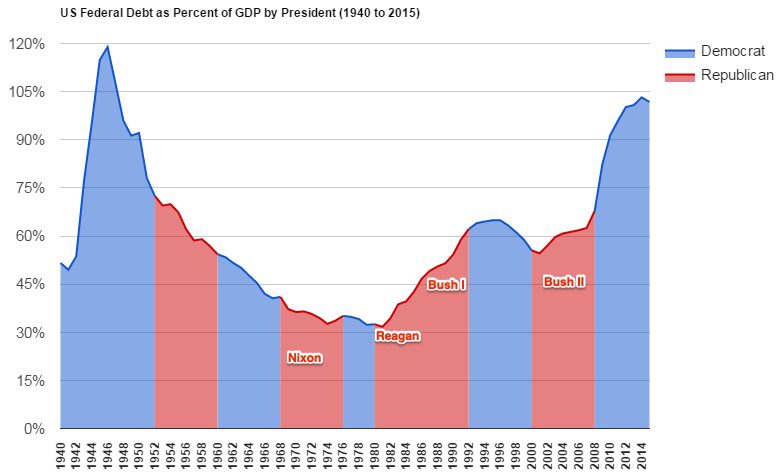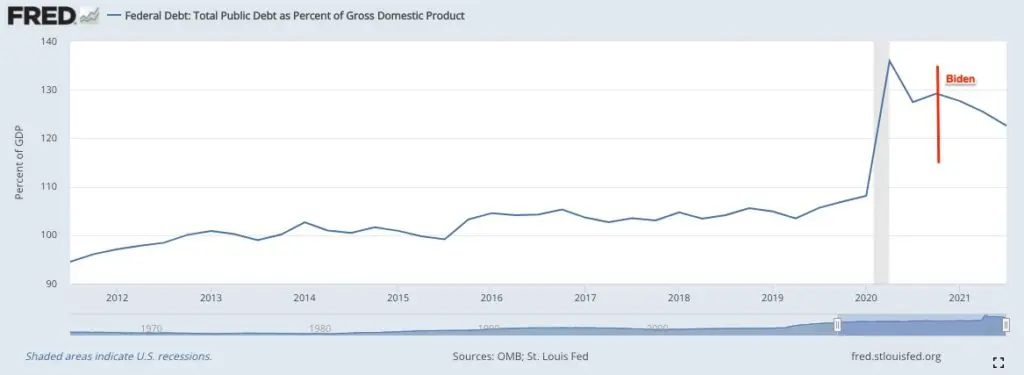Science denialism has a complex and multifaceted history, notably marked by a significant event in 1953 that set a precedent for the tactics of disinformation widely observed in various spheres today, including politics.
The 1953 meeting and the birth of the disinformation playbook
The origins of modern science denial can be traced back to a pivotal meeting in December 1953, involving the heads of the four largest American tobacco companies. This meeting was a response to emerging scientific research linking smoking to lung cancer — a serious existenstial threat to their business model.
Concerned about the potential impact on their business, these industry leaders collaborated with a public relations firm, Hill & Knowlton, to craft a strategy. This strategy was designed not only to dispute the growing evidence about the health risks of smoking, but also to manipulate public perception by creating doubt about the science itself. They created the Tobacco Industry Research Committee (TIRC) as an organization to cast doubt on the established science, and prevent the public from knowing about the lethal dangers of smoking.
And it worked — for over 40 years. The public never formed a consensus on the lethality and addictiveness of nicotine until well into the 1990s, when the jig was finally up and Big Tobacco had to pay a record-breaking $200 billion settlement over their 4 decades of mercilessly lying to the American people following the Tobacco Master Settlement Agreement (MSA) of 1998.

Strategies of the disinformation playbook
This approach laid the groundwork for what is often referred to as the “disinformation playbook.” The key elements of this playbook include creating doubt about scientific consensus, funding research that could contradict or cloud scientific understanding, using think tanks or other organizations to promote these alternative narratives, and influencing media and public opinion to maintain policy and regulatory environments favorable to their interests — whether profit, power, or both.
Over the next 7 decades — up to the present day — this disinformation playbook has been used by powerful special interests to cast doubt, despite scientific consensus, on acid rain, depletion of the ozone layer, the viability of Ronald Reagan‘s Strategic Defense Initiative (SDI), and perhaps most notably: the man-made causes of climate change.
Adoption and adaptation in various industries
The tobacco industry’s tactics were alarmingly successful for decades, delaying effective regulation and public awareness of smoking’s health risks. These strategies were later adopted and adapted by various industries and groups facing similar scientific challenges to their products or ideologies. For instance, the fossil fuel industry used similar tactics to cast doubt on global warming — leading to the phenomenon of climate change denialism. Chemical manufacturers have disputed science on the harmful effects of certain chemicals like DDT and BPA.
What began as a PR exercise by Big Tobacco to preserve their fantastic profits once science discovered the deleterious health effects of smoking eventually evolved into a strategy of fomenting science denialism more broadly. Why discredit one single finding of the scientific community when you could cast doubt on the entire process of science itself — as a way of future-proofing any government regulation that might curtail your business interests?


Science denial in modern politics
In recent years, the tactics of science denial have become increasingly prevalent in politics. Political actors, often influenced by corporate interests or ideological agendas, have employed these strategies to challenge scientific findings that are politically inconvenient — despite strong and often overwhelming evidence. This is evident in manufactured “debates” on climate change, vaccine safety, and COVID-19, where scientific consensus is often contested not based on new scientific evidence but through disinformation strategies aimed at sowing doubt and confusion.
The role of digital media and politicization
The rise of social media has accelerated the spread of science denial. The digital landscape allows for rapid dissemination of misinformation and the formation of echo chambers, where groups can reinforce shared beliefs or skepticism, often insulated from corrective or opposing information. Additionally, the politicization of science, where scientific findings are viewed through the lens of political allegiance rather than objective evidence, has further entrenched science denial in modern discourse — as just one aspect of the seeming politicization of absolutely everything in modern life and culture.
Strategies for combatting science denial
The ongoing impact of science denial is profound. It undermines public understanding of science, hampers informed decision-making, and delays action on critical issues like climate change, public health, and environmental protection. The spread of misinformation about vaccines, for instance, has led to a decrease in vaccination rates and a resurgence of diseases like measles.


To combat science denial, experts suggest several strategies. Promoting scientific literacy and critical thinking skills among the general public is crucial. This involves not just understanding scientific facts, but also developing an understanding of the scientific method and how scientific knowledge is developed and validated. Engaging in open, transparent communication about science, including the discussion of uncertainties and limitations of current knowledge, can also help build public trust in science.
Science denial, rooted in the strategies developed by the tobacco industry in the 1950s, has evolved into a significant challenge in contemporary society, impacting not just public health and environmental policy but also the very nature of public discourse and trust in science. Addressing this issue requires a multifaceted approach, including education, transparent communication, and collaborative efforts to uphold the integrity of scientific information.








